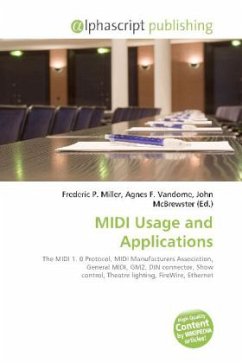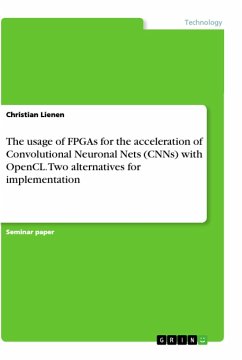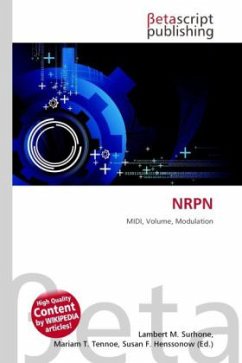Please note that the content of this book primarily consists of articles available from Wikipedia or other free sources online. Many extensions of the original official MIDI 1.0 specification have been jointly standardized by the MIDI Manufacturers Association (MMA) in the US and the Association of Musical Electronics Industry (AMEI) in Japan. General MIDI (GM) was an attempt by the MIDI Manufacturers'' Association (MMA) to standardize an instrument programme number map. Later, companies in Japan''s AMEI developed General MIDI Level 2 (GM2), which extended the instrument palette, specified more message responses, and defining new messages. GM2 became the basis of the instrument selection mechanism in Scalable Polyphony MIDI (SP-MIDI), a MIDI variant for mobile applications. In addition to the original 31.25 kBaud current-loop, 5-pin DIN transport, transmission of MIDI streams over USB, IEEE 1394 a.k.a FireWire, and Ethernet is now common. MIDI is also used every day as a control protocol in applications other than music, including for show control and theatre lighting.
Bitte wählen Sie Ihr Anliegen aus.
Rechnungen
Retourenschein anfordern
Bestellstatus
Storno








